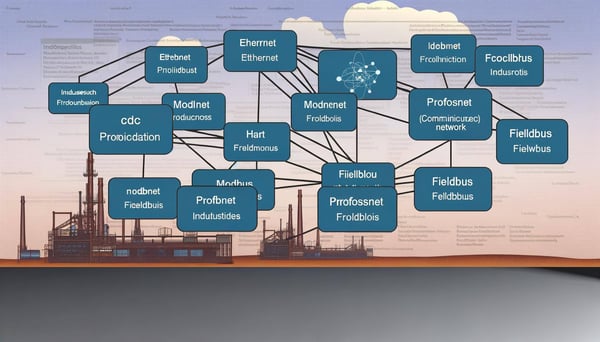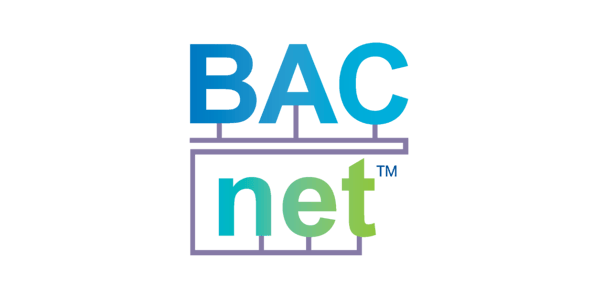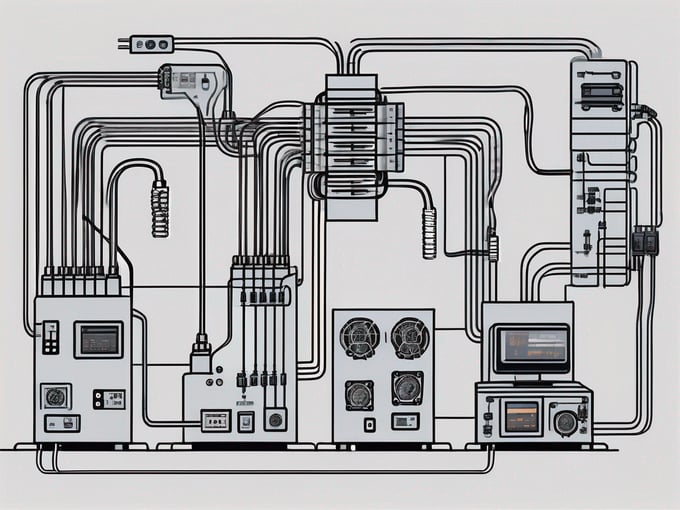
Fundamentals of ANSI C12.18
In the world of industrial automation and control systems, communication protocols play a pivotal role. One such protocol that has been instrumental in shaping the landscape of utility metering is ANSI C12.18. This standard, developed by the American National Standards Institute (ANSI), has been a cornerstone in the realm of utility metering communication for several years. In this comprehensive guide, we will delve into the fundamentals of ANSI C12.18, exploring its core principles, applications, and benefits.
Understanding ANSI C12.18: An Overview
The ANSI C12.18 standard is a protocol for utility communications that allows for the reading and programming of utility meters. It was developed by the Metering Assemblies Section of the National Electrical Manufacturers Association (NEMA) and is widely used in North America for metering applications.
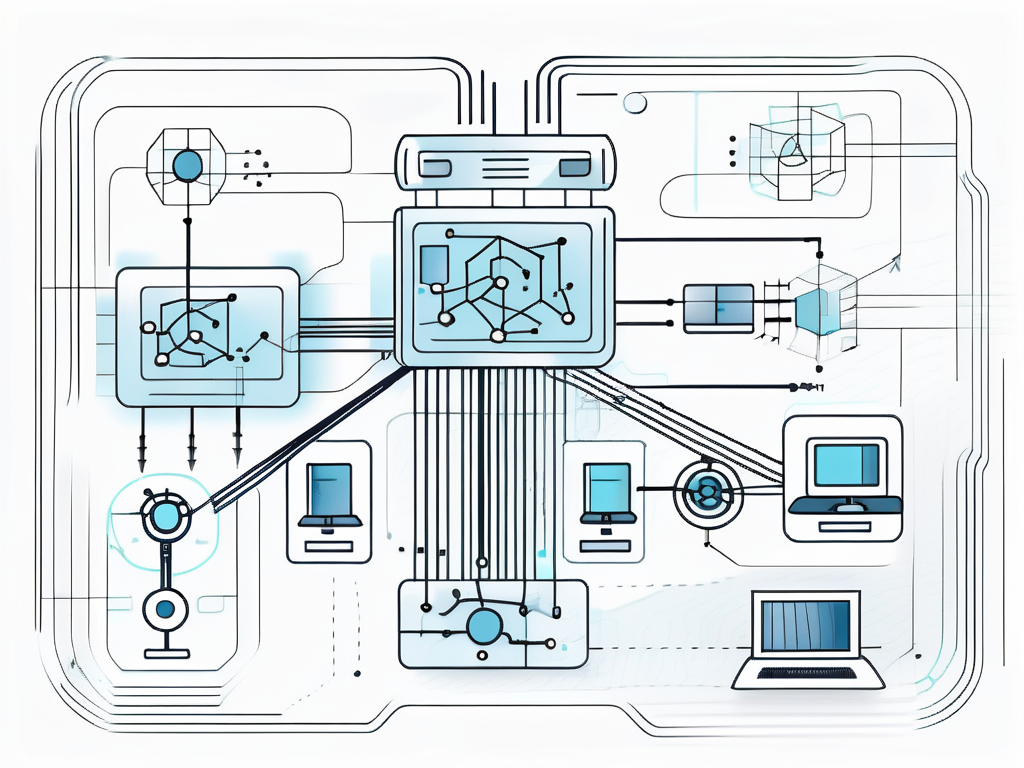
ANSI C12.18 is a table-driven protocol, which means it uses tables to define the data to be exchanged between the meter and the reading device. This table-driven approach provides flexibility, allowing for the addition of new data items without changing the basic structure of the protocol.
Key Features of ANSI C12.18
ANSI C12.18 is known for its robustness and versatility. It supports a wide range of utility meter types, including electric, gas, and water meters. It also accommodates a variety of communication methods, such as direct local connection, telephone modems, and radio frequency (RF) devices.
Another notable feature of ANSI C12.18 is its security provisions. The standard includes mechanisms for both access control and data encryption, ensuring that only authorized devices can communicate with the meter and that the data exchanged is secure.
Applications of ANSI C12.18
ANSI C12.18 has found widespread application in the utility industry. Its primary use is in the reading and programming of utility meters, but it also supports other functions such as demand response and outage detection.
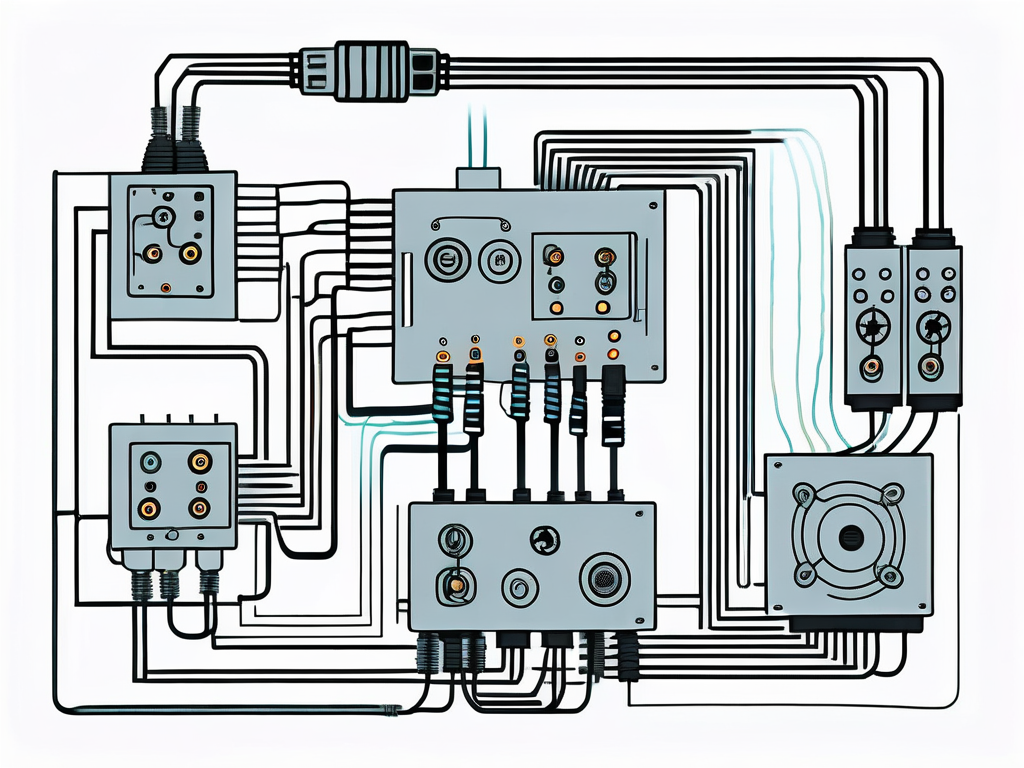
Many utility companies use ANSI C12.18 for automated meter reading (AMR) systems. These systems use the protocol to collect consumption data from meters, which can then be used for billing, analysis, and other purposes.
Integration with Other Systems
ANSI C12.18 can be integrated with other systems to provide additional functionality. For example, it can be used with a meter data management system (MDMS) to analyze and manage the collected data. It can also be used with a customer information system (CIS) to provide customers with detailed information about their utility usage.
Furthermore, ANSI C12.18 can be used in conjunction with other communication protocols to support multi-utility applications. For instance, it can be used alongside the ANSI C12.19 standard, which defines the data tables used by the protocol.
Benefits of Using ANSI C12.18
The use of ANSI C12.18 offers several benefits. Firstly, it provides a standardized method for utility communication, ensuring compatibility between different devices and systems. This standardization reduces the complexity of system integration and simplifies the process of adding new devices.
Secondly, ANSI C12.18's table-driven approach provides flexibility. New data items can be added to the tables without changing the basic structure of the protocol, allowing for easy adaptation to changing requirements.
Enhanced Security
ANSI C12.18 includes provisions for both access control and data encryption, enhancing the security of utility communications. Access control mechanisms ensure that only authorized devices can communicate with the meter, while data encryption protects the data exchanged from interception and tampering.
These security features are particularly important in today's world, where cyber threats are a growing concern. By using ANSI C12.18, utility companies can ensure the security of their metering data and protect their systems from potential attacks.
Conclusion
ANSI C12.18 is a powerful tool for utility communication. Its flexibility, robustness, and security features make it an excellent choice for a wide range of applications, from meter reading to demand response. By understanding the fundamentals of ANSI C12.18, utility companies can leverage this standard to enhance their operations and provide better service to their customers.
Whether you're a utility company looking to upgrade your metering system, or a manufacturer developing new metering devices, ANSI C12.18 offers a proven, reliable solution for utility communication. Embrace the power of ANSI C12.18 and unlock the full potential of your utility operations.
